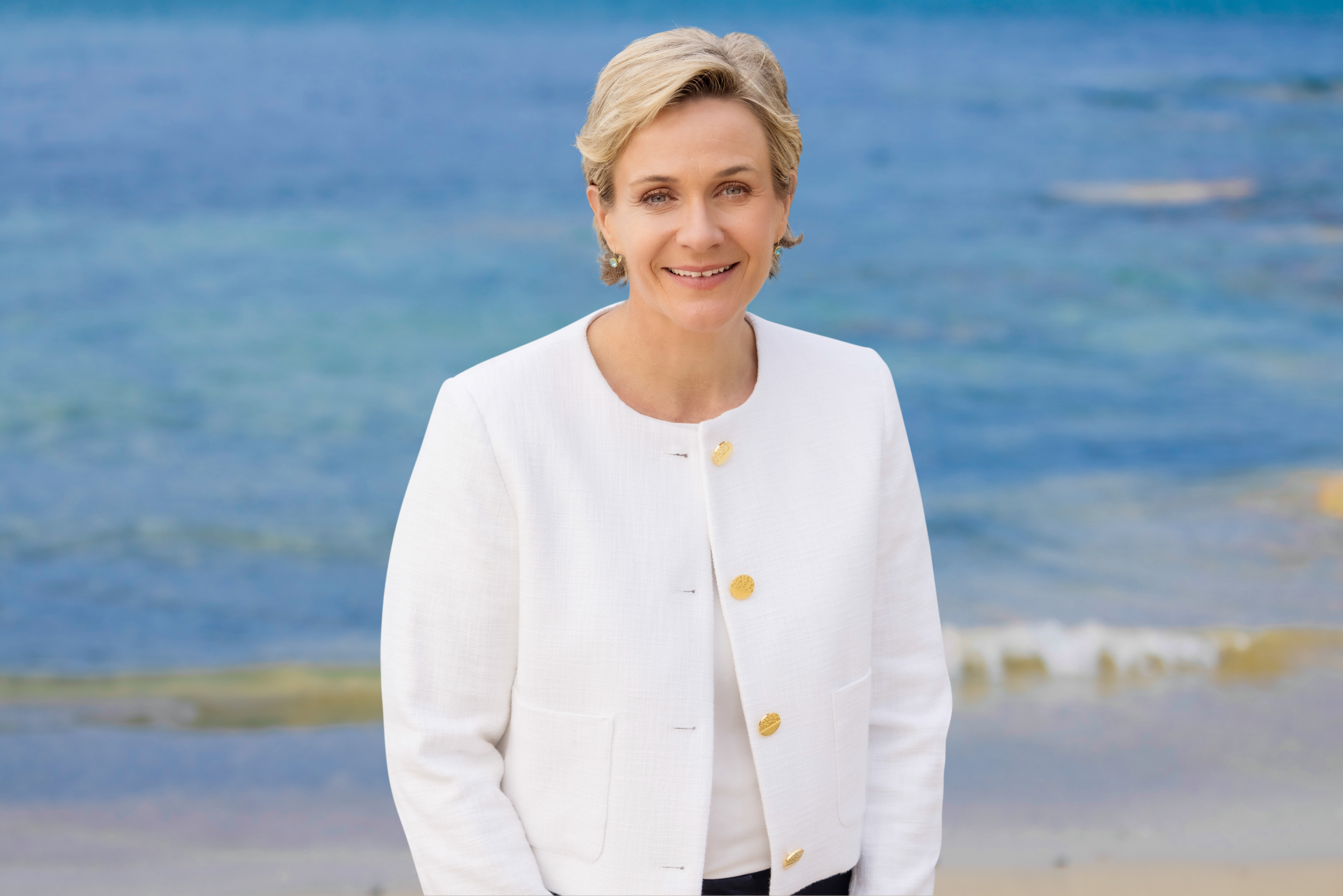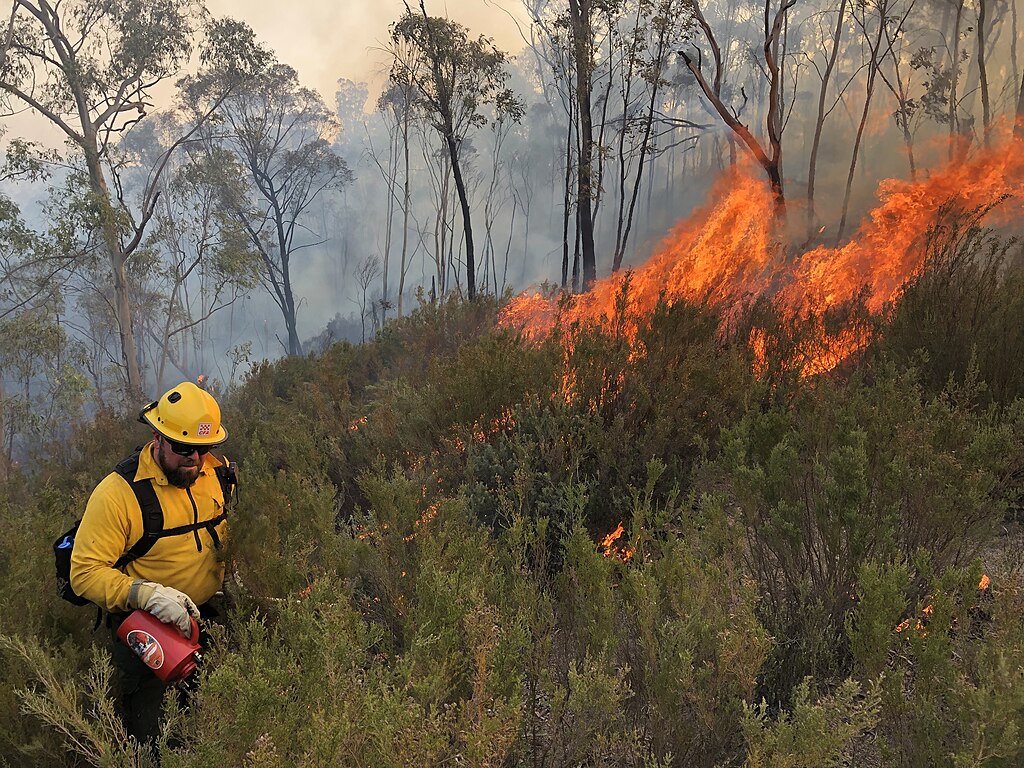Climate Adaptation Life had the pleasure of interviewing Zali Steggall, an independent candidate who has won the seat of Warringah (New South Wales, Australia) three consecutive times, the last two times by increasing her margin. The former Winter Olympic slalom medalist explains how politics is changing due to two trends: climate change affecting the population directly and an increased participation of young voters.

Did destroyed homes and burned koalas in smouldering bushland change people’s understanding of climate change in Australia? Was there any particular turning point in 2019-2020? How did it impact their voting decisions? Do you think it impacted the share of non-major party vote?
Yes. The Black Summer bushfires of 2019–20 were a defining moment in Australia’s climate consciousness. The devastation – the loss of lives, homes, and over three billion animals – left a deep and lasting impact. For many Australians, this wasn’t just a natural disaster; it was a consequence of political inaction, and a wake-up call that climate change was no longer a distant or future threat: it was happening to them.
The trauma of that devastating summer, and subsequent climate fuelled disasters has translated into a more lasting political impact. In the 2022 Federal Election, we saw a surge of support for climate-focused independents. A record number of community-backed MPs were elected on platforms centred around climate action, integrity in politics, and stronger community representation. This was a clear repudiation of the major parties reluctance to take significant climate action, particularly in traditionally safe seats that had been taken for granted by major parties.
While the 2025 federal election saw the national narrative shift somewhat, with cost-of-living measures and global tensions and uncertainty capturing the lion’s share of public debate, Australians still chose representatives with stronger pro-climate positions. Voters demonstrated that they want steady, consistent leadership on climate, even if it’s no longer headline-grabbing.
Some of the focus has shifted to the rising costs of inaction, like soaring insurance premiums, Australians want protection from the risks of climate change, and they’re voting accordingly.
Are there particular groups of people and/or social classes that changed their voting behaviours?
The 2025 election marked a generational turning point in Australian politics. For the first time, Millennials and Gen Z made up the largest voting bloc, overtaking Baby Boomers. This demographic shift is critical because younger voters tend to be more progressive and are significantly more engaged on issues like climate change and we saw this reflected in the results. Younger voters are also more likely to be renters, under financial pressure, and directly impacted by extreme weather events, so the cost of inaction hits harder.
While major parties still dominate structurally, we have seen an increase in support for independents and minor parties at the last three elections and this shift is reshaping our political landscape. Voters increasingly recognise the cost of climate inaction. Parties defending the status quo are under pressure, especially from communities that are climate-impacted and economically future-focused.
At the same time, Australia is among the world’s biggest exporters of coal, iron ore, and gas, making quite some money with it. Do you think this also affects voting behaviour? How? Are there some political parties that pay more for Australia’s dependence on energy exports? What’s the role of independent candidates in this?
There is a clear tension in Australia’s climate and economic identity. On one hand, we remain one of the world’s largest fossil fuel exporters. On the other, we are rapidly transitioning domestically—nearly 50% of our electricity grid now comes from renewable sources, and the momentum is only building.
Australia is at a critical point in its emissions reduction trajectory. Our next Nationally Determined Contribution (NDC) under the Paris Agreement is due imminently, and this is a key opportunity for the government to show credible ambition. I’ve long called for a minimum target of 75% emissions reduction by 2035, based on independent advice and the urgency required to stay within 1.5°C.
But ambition must be matched by reform. We need to modernise our policy levers to capture scope 3 emissions, those generated from the fossil fuels we export. That means tightening the Safeguard Mechanism, significantly improving our methane measurement and reporting, ending fossil fuel subsidies (which still amount to $14.5 billion annually), and seriously considering a fossil fuel export levy or tax to help fund climate adaptation.
Voting behaviour is beginning to reflect these complexities. Australians support climate action, but they also expect economic certainty. That’s where independent and pro-climate candidates offer a pathway forward: one that is both principled and pragmatic. The parties most tied to fossil fuel interests are increasingly out of step with the electorate’s expectations, especially as extreme weather events become more frequent and costly.
Your agenda is pretty much based on climate, no? What related topics are you bringing forward?
Climate is core to my policy agenda, but not standalone. It’s part of a broader vision for a safer, more productive and future-focused Australia.
This term, my focus is on:
- Climate leadership – A 75% emissions reduction by 2035, a legislated National Adaptation Framework, and a clear plan to build climate resilience.
- Integrity in politics – Truth in political advertising, stronger whistleblower protections, and a more robust National Anti-Corruption Commission.
- Environmental reform – Full delivery of EPBC Act reforms to protect nature and provide certainty for sustainable development.
- Re-energising our economy – Support for small business, smart tax reform, and investment in clean industries and innovation for a stronger economy.
Are there significant differences at the state level? For instance, do you think that politics shifted more in areas more affected by climate change?
Yes. Particularly in regions who have been hit hardest by extreme weather, such as by bushfires, floods, or droughts, are seeing shifts in political engagement. In Australia, there are three tiers of government. Local government areas are increasingly being hit by the rising costs and destruction of climate fuelled natural disasters.
While local, state and federal government level responses will vary, communities are not concerned with who is responsible for what, they just want national coordination and all levels of government to work together.
That’s why in federal Parliament, I’ve consistently pushed for a National Climate Adaptation Plan and have proposed a AUD 10 billion Climate Resilience Fund to support the regions become equipped to respond and build resilience to climate change.
It is fair to say that Australian society is adapting to climate change in terms of politics and change in political attitudes, right? How?
Yes, social and political attitudes toward climate change in Australia have matured somewhat. There’s now broad public acceptance that the climate is changing. That debate is largely settled. The conversation has now moved to asking: what do we do about it?
For a long time, the focus was almost entirely on mitigation (cutting emissions), which remains essential and the single most impactful thing we can do to limit impacts. Every degree of warming we can limit matters. But now we’re also starting to talk more seriously about adaptation and ensuring a just transition for workers and communities.
That said, I believe many people still underestimate the scale and pace of climate impacts we’re likely to face. There’s a pressing need to build the political licence, to bring the public along, in amplifying our efforts on both mitigation and adaptation. That means investing in resilience, reforming our planning systems, modernising our economy, and ensuring that those most vulnerable aren’t left behind.
In conclusion, how should Australians vote to prepare for more extreme weather?
Australians should vote for candidates who are serious about climate resilience and integrity: those who support robust emissions reduction, a focus on the shift to renewables while harnessing the economic benefits that such a transition offers our county. And for candidates that understand we can’t wait for more disasters to strike: we need to start building significant resilience and disaster planning now. It’s about securing our future, and setting up future generations for a thriving and prosperous economy. Climate-smart policy isn’t just good for the planet. It’s essential for keeping Australians safe and our economy strong.

Leave a Reply